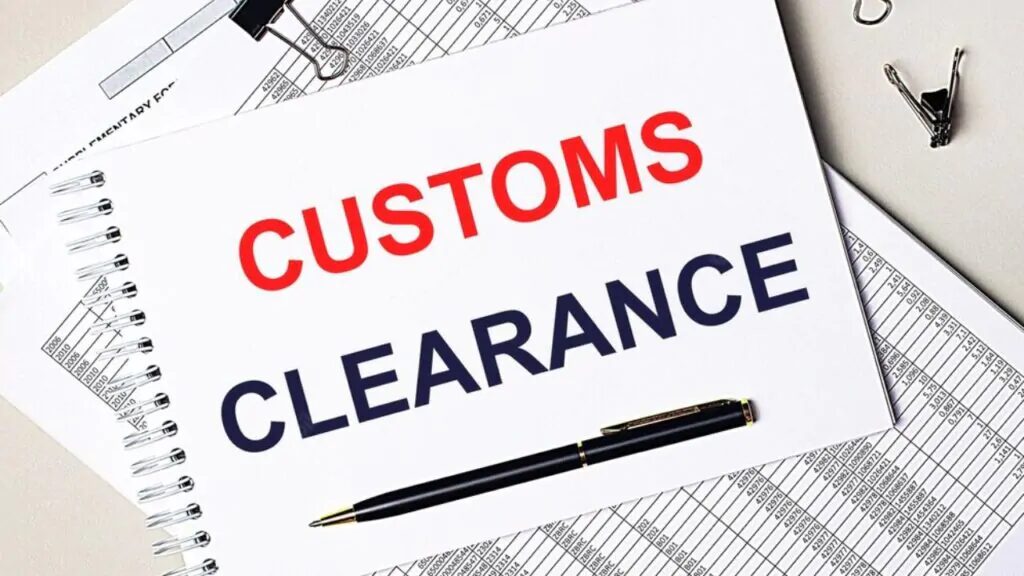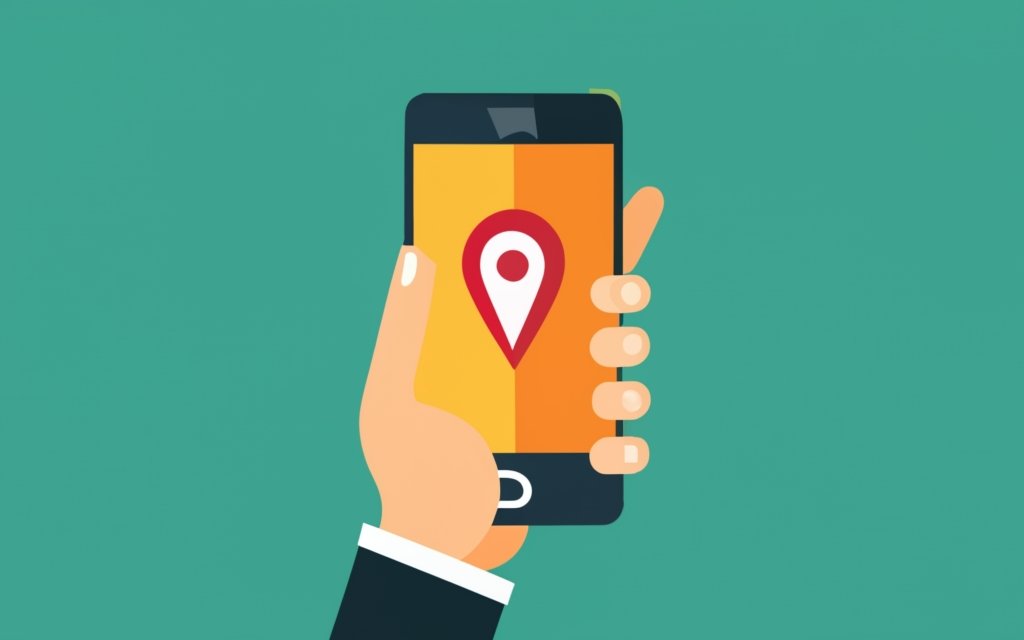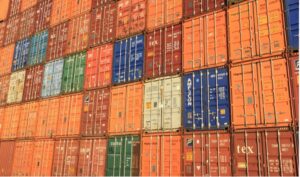Shipping from China to the Netherlands is a common practice for many importers who want to source products from the world’s largest manufacturing hub. However, international shipping is not a simple process, and it involves many challenges and risks that need to be addressed.
Understanding the logistics of international shipping

International shipping is the process of transporting goods across borders, usually by sea, air, or land. It involves multiple parties, such as exporters, importers, freight forwarders, customs brokers, carriers, and customs authorities. Each party has its own role and responsibility in the shipping process, and they need to coordinate and communicate effectively to ensure the smooth delivery of the goods.
The logistics of international shipping can be divided into three main stages: pre-shipment, shipment, and post-shipment. Pre-shipment is the stage where the exporter prepares the goods for shipping, such as packing, labeling, inspecting, and booking the shipment. Shipment is the stage where the goods are transported from the origin to the destination, either by sea, air, or land. Post-shipment is the stage where the goods arrive at the destination and go through customs clearance, inspection, and delivery.
Each stage of the shipping process has its own challenges and risks, which we will discuss in the next section.
Common challenges and risks in shipping from China to the Netherlands

Shipping from China to the Netherlands is not without difficulties. Some of the common challenges and risks that importers face are:
- Customs issues: Customs issues can arise due to incomplete or incorrect documentation, non-compliance with regulations, or inspection of the goods. Customs issues can result in fines, penalties, confiscation, or rejection of the goods.
- Damages or losses: Damages or losses can occur due to improper packaging, handling, or storage of the goods, or theft, fire, or accidents during transit. Damages or losses can affect the quality, quantity, or value of the goods.
- Cost fluctuations: Cost fluctuations can occur due to changes in exchange rates, fuel prices, tariffs, or surcharges. Cost fluctuations can affect the profitability and budgeting of the importers.
Choosing the right shipping method and carrier

One of the most important decisions that importers need to make is choosing the right shipping method and carrier for their goods. The shipping method refers to the mode of transportation, such as sea, air, or land. The carrier refers to the company that provides the transportation service, such as DHL, FedEx, or Maersk.
The choice of shipping method and carrier depends on several factors, such as:
- The type, size, weight, and value of the goods
- The origin and destination of the goods
- The delivery time and urgency of the goods
- The shipping cost and budget of the importer
- The reliability and reputation of the carrier
- The availability and capacity of the carrier
Generally speaking, sea freight is the most common and cost-effective shipping method for shipping from China to the Netherlands, as it can handle large volumes of goods at low rates. However, sea freight is also the slowest and most unpredictable shipping method, as it can take several weeks or months to arrive, and it is subject to delays and disruptions due to weather, congestion, or other factors.
Air freight is the fastest and most reliable shipping method for shipping from China to the Netherlands, as it can deliver the goods within days or hours. However, air freight is also the most expensive and restrictive shipping method, as it charges by weight and volume, and it has limitations on the size and type of goods that can be shipped.
Land freight is the shipping method that involves transporting the goods by road or rail, usually within the same continent or region. Land freight is often used as a supplementary shipping method, either to connect the goods from the port or airport to the final destination, or to ship the goods across neighboring countries. Land freight is relatively fast and flexible, but it can also be affected by traffic, road conditions, or border controls.
The choice of carrier is also crucial, as different carriers have different service levels, coverage areas, rates, and terms and conditions. Importers should compare and evaluate the carriers based on their track record, customer reviews, network, and value-added services. Importers should also consider the compatibility and cooperation between the carriers, especially if they need to use multiple carriers for different shipping methods or segments.
Choosing the right shipping method and carrier can have a significant impact on the shipping time, cost, and quality of the goods. Importers should weigh the pros and cons of each option and select the one that best suits their needs and preferences.
Customs clearance and documentation requirements

Another important aspect of shipping from China to the Netherlands is customs clearance and documentation. Customs clearance is the process of obtaining the permission and approval from the customs authorities to import or export the goods. Documentation is the set of documents and information that are required to prove the origin, value, and compliance of the goods.
Customs clearance and documentation are essential for ensuring the legality, safety, and quality of the goods, as well as for calculating and paying the customs duties and taxes. However, customs clearance and documentation can also be complex and time-consuming, as they involve different rules, regulations, and procedures for different countries, products, and situations.
Some of the common documents and information that are required for shipping from China to the Netherlands are:
- Commercial invoice: A document that shows the details of the transaction, such as the seller, buyer, product description, quantity, price, terms of delivery, and payment.
- Packing list: A document that shows the details of the packaging, such as the number, weight, and dimensions of the packages, and the contents of each package.
- Bill of lading (B/L) or air waybill (AWB): A document that shows the details of the shipment, such as the carrier, origin, destination, date, and tracking number. It also serves as a contract of carriage and a proof of delivery.
- Certificate of origin (CO): A document that shows the origin of the goods, such as the country, region, or factory where the goods were produced or manufactured. It is used to determine the eligibility of the goods for preferential tariffs or trade agreements.
- Import declaration: A document that shows the details of the import, such as the importer, product classification, value, and quantity. It is used to declare the goods to the customs authorities and to pay the customs duties and taxes.
- Other documents: Depending on the type, value, and destination of the goods, other documents may be required, such as licenses, permits, certificates, or test reports. These documents are used to prove the compliance of the goods with the relevant standards, regulations, or requirements.
Importers should prepare and submit the customs clearance and documentation in advance, and ensure that they are complete, accurate, and consistent. Importers should also consult with their freight forwarders, customs brokers, or carriers for the specific requirements and procedures for shipping from China to the Netherlands. Importers should also keep copies of the documents for future reference or verification.
Packaging and labeling for international shipping.

Packaging and labeling are also essential for shipping from China to the Netherlands, as they protect the goods from damages or losses, and provide information and instructions for the handling and delivery of the goods. Packaging and labeling are also important for customs clearance and compliance, as they help identify the origin, value, and contents of the goods.
Packaging refers to the materials and methods used to wrap, secure, and cushion the goods, such as boxes, pallets, crates, tapes, straps, or fillers. Packaging should be suitable for the type, size, weight, and fragility of the goods, as well as for the shipping method and destination. Packaging should also be durable, waterproof, and tamper-proof, to prevent any damages or losses during transit.
Labeling refers to the information and symbols printed or attached on the packaging, such as the sender, receiver, product description, quantity, weight, dimensions, barcode, or tracking number. Labeling should be clear, accurate, and consistent, and comply with the international standards and regulations. Labeling should also include any special instructions or warnings for the handling and delivery of the goods, such as fragile, do not stack, this side up, or hazardous.
Importers should ensure that the packaging and labeling of their goods are done properly and professionally, and follow the best practices and guidelines for international shipping. Importers should also consult with their freight forwarders, customs brokers, or carriers for the specific requirements and recommendations for packaging and labeling for shipping from China to the Netherlands. Importers should also inspect and verify the packaging and labeling of their goods before and after the shipment, and report any discrepancies or damages to the relevant parties.
Tracking and managing your shipment

Tracking and managing your shipment is another important aspect of shipping from China to the Netherlands, as it allows you to monitor the status, location, and progress of your goods, and to take action if any issues or problems arise. Tracking and managing your shipment can also help you plan and coordinate your inventory, logistics, and delivery, and to communicate with your customers and suppliers.
Tracking your shipment means checking the current and historical information of your goods, such as the date, time, place, and event of each movement or change. Tracking your shipment can be done through various methods, such as:
- Tracking number: A unique code that is assigned to your shipment by the carrier, and that can be used to access the tracking information online or by phone.
- Barcode: A series of lines and spaces that represent the tracking number, and that can be scanned by the carrier or the customs authorities to update the tracking information.
- GPS: A technology that uses satellites to pinpoint the exact location of your shipment, and that can be accessed online or by phone.
- RFID: A technology that uses radio waves to transmit the tracking information from a chip or tag attached to your shipment, and that can be read by a reader or scanner.
Managing your shipment means controlling and adjusting the delivery and handling of your goods, such as changing the destination, rerouting the shipment, or requesting a pickup or delivery confirmation. Managing your shipment can be done through various methods, such as:
- Online portal: A website or app that allows you to access and modify the tracking and management options for your shipment, such as the carrier, the shipping method, the delivery date, or the service level.
- Customer service: A phone or email service that allows you to contact and communicate with the carrier or the freight forwarder, and to request or confirm any changes or updates for your shipment.
- Customs broker: A professional agent that acts on your behalf and handles the customs clearance and documentation for your shipment, and that can assist you with any issues or problems that may occur.





